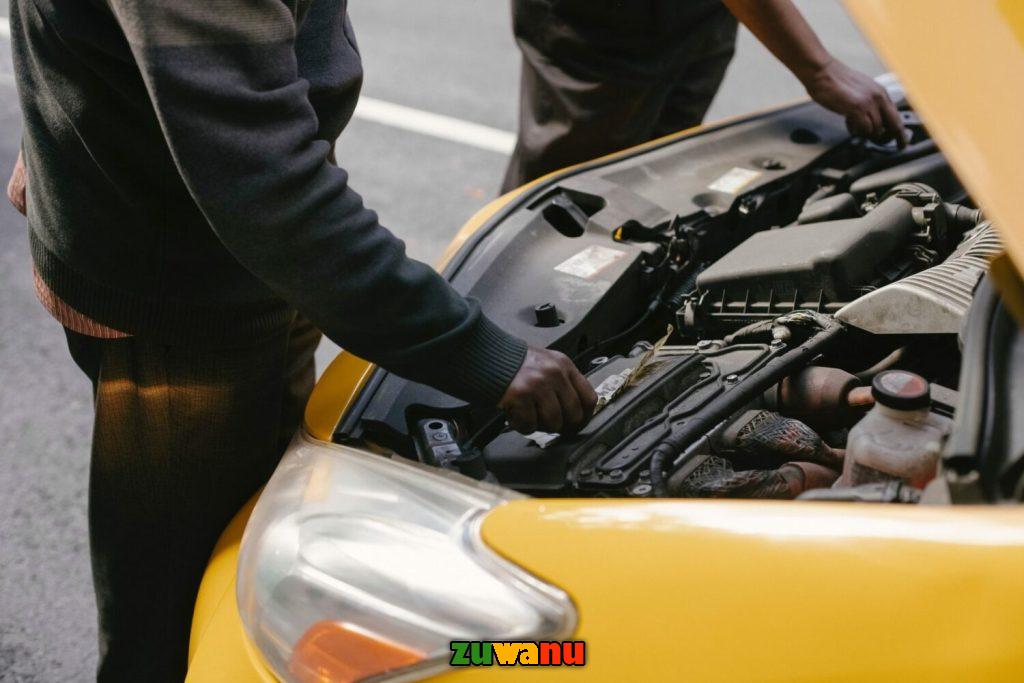Selling a Non-Running Car: A Comprehensive Guide for Sellers and Buyers

Table of Contents
In the world of automotive sales, the process of selling a car that no longer runs can be a daunting task for many. Whether your vehicle has reached the end of its road or encountered a major mechanical failure, there are still avenues to explore when it comes to finding a new owner for your non-operational car. In this guide, we will delve into the professional guidelines and tips to successfully sell a car that doesn’t run, compare the selling process with that of a functioning car, and outline the pros and cons for both sellers and buyers.
I. Understanding the Market for Non-Running Cars
A. Assessing the Value
The first step in selling a non-running car is to assess its value realistically. Consider factors such as the make, model, year, overall condition, and the extent of the mechanical issue. While the car may not be operational, some components might still have value. For example, the tires, rims, or even specific parts under the hood might be salvageable.
B. Conducting Research
Before setting a price, research the market for non-running cars similar to yours. Online platforms, salvage yards, and local dealerships can provide insights into the current market conditions. Understanding the demand for non-operational vehicles will help you set a competitive and fair asking price.
II. Preparing Your Non-Running Car for Sale
A. Full Disclosure
Honesty is crucial when selling a non-running car. Clearly disclose the reasons why the car is not operational. Whether it’s a blown engine, transmission failure, or any other major issue, being transparent with potential buyers will build trust and prevent misunderstandings during the transaction.
B. Gather Documentation
Compile all relevant documentation, including the title, maintenance records, and any paperwork related to the mechanical issue. Having a comprehensive set of documents can instill confidence in potential buyers and streamline the selling process.
C. Clean and Stage the Car
While it may seem counterintuitive to clean a car that doesn’t run, presenting a clean and well-maintained exterior can positively impact a buyer’s perception. Remove personal items, vacuum the interior, and consider detailing the car to make it as visually appealing as possible.
III. Determining the Selling Channels
A. Online Platforms
Utilize online platforms dedicated to selling cars, such as Zuwanu, Craigslist, Facebook Marketplace, or specialized websites for selling non-running vehicles. Clearly articulate the car’s condition, the reason it doesn’t run, and include high-quality photos to attract potential buyers.
B. Local Dealerships and Salvage Yards

Contact local dealerships or salvage yards that specialize in buying non-operational cars. Some businesses may be interested in purchasing your car for parts or salvaging valuable components. Be prepared to negotiate, as their offers may vary.
C. Auctions
Explore online auctions that cater to non-running cars. Websites like Copart or Insurance Auto Auctions allow sellers to list their cars for auction, reaching a wider audience of salvage yards, mechanics, and individuals looking for project cars.
IV. Setting the Right Price
A. Factors to Consider
When setting a price for your non-running car, consider factors such as the make, model, year, market demand, and the extent of the mechanical issue. Be open to negotiation but have a bottom-line figure in mind to ensure a fair deal for both parties.
B. Comparing with Running Cars
Compare your non-running car’s asking price with similar models that are in working condition. Buyers often use operational cars as benchmarks, so providing a competitive price will attract more interest.
V. Pros and Cons for Sellers
A. Pros
- Recouping Some Value: Selling a non-running car allows you to recoup some value from the vehicle, especially if certain components or parts are still in good condition.
- Avoiding Repair Costs: Selling the car as-is eliminates the need to invest money in repairing a vehicle that may have multiple issues or a high repair cost.
- Quick Sale Possibility: There might be buyers specifically looking for non-running cars for various reasons, such as restoration projects or sourcing parts.
B. Cons (Selling a Non-Running Car)
- Lower Overall Value: Non-running cars typically sell for significantly less than their operational counterparts, reflecting the added risk and uncertainty for the buyer.
- Limited Buyer Pool: The market for non-running cars is smaller, meaning it might take longer to find a suitable buyer compared to selling a running vehicle.
- Potential for Lowball Offers: Some buyers may attempt to capitalize on the non-operational status of the car, making lower offers than you might expect.
VI. Pros and Cons for Buyers
A. Pros
- Affordability: Non-running cars are generally more affordable than their running counterparts, providing an opportunity for buyers on a budget.
- Project Potential: Enthusiasts or hobbyists may see non-running cars as project opportunities, enjoying the challenge of restoring a vehicle to its former glory.
- Sourcing Parts: Mechanics or individuals working on their cars may be interested in a non-running vehicle for spare parts, potentially saving money compared to buying new components.
B. Cons
- Uncertain Repair Costs: The buyer of a non-running car may face unforeseen repair costs, especially if the extent of the mechanical issues is not fully known.
- Limited Use Immediately: Unlike a running car, a non-operational vehicle cannot be used immediately, requiring time, effort, and potentially significant investment to become roadworthy.
- Potential Hidden Issues: Buyers must be cautious and conduct thorough inspections, as non-running cars may have additional hidden issues beyond the disclosed mechanical problem.
VII. Negotiating and Closing the Deal
A. Be Open to Negotiation
Expect potential buyers to negotiate, especially given the non-operational status of the car. Be open to reasonable offers and consider factors such as the buyer’s willingness to handle transportation.
B. Closing the Deal
Once an agreement is reached, finalize the sale by transferring the title, providing a bill of sale, and ensuring all necessary paperwork is completed. If the buyer plans to tow the car, coordinate a convenient pickup time.
VIII. Conclusion: Navigating the Sale of a Non-Running Car
Selling a car that doesn’t run presents unique challenges and opportunities for both sellers and buyers. By following professional guidelines, being transparent, and understanding the market dynamics, you can increase the chances of a successful sale. For sellers, the key lies in accurately assessing the value, preparing the car for sale, and choosing the right selling channels. Buyers, on the other hand, should carefully weigh the pros and cons, conduct thorough inspections, and be prepared for potential challenges in restoring the vehicle.
In the end, the sale of a non-running car is not just a transaction; it’s a collaboration between a seller looking to part ways with a vehicle and a buyer seeking potential value and opportunity. As with any automotive transaction, communication, honesty, and diligence are the cornerstones of a successful deal.
